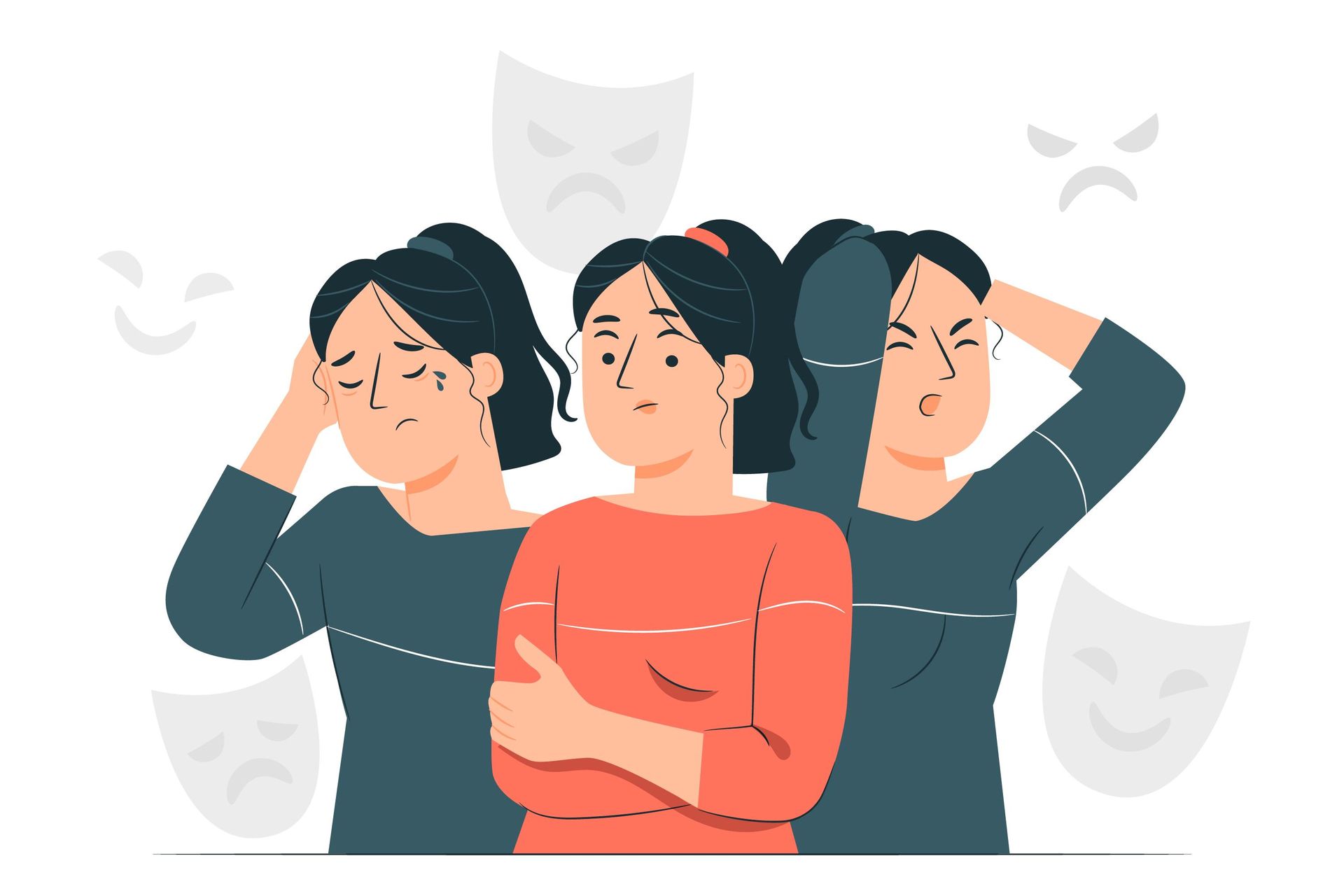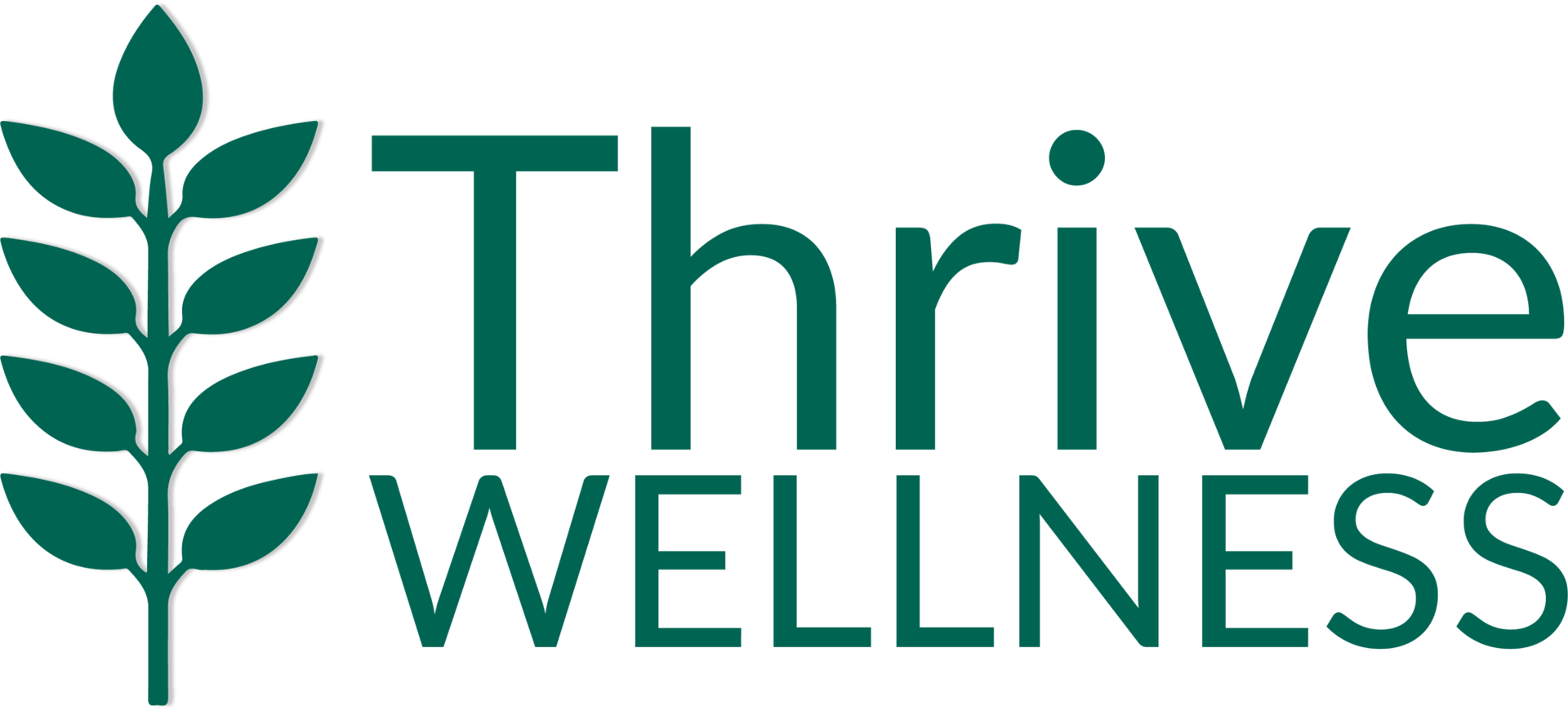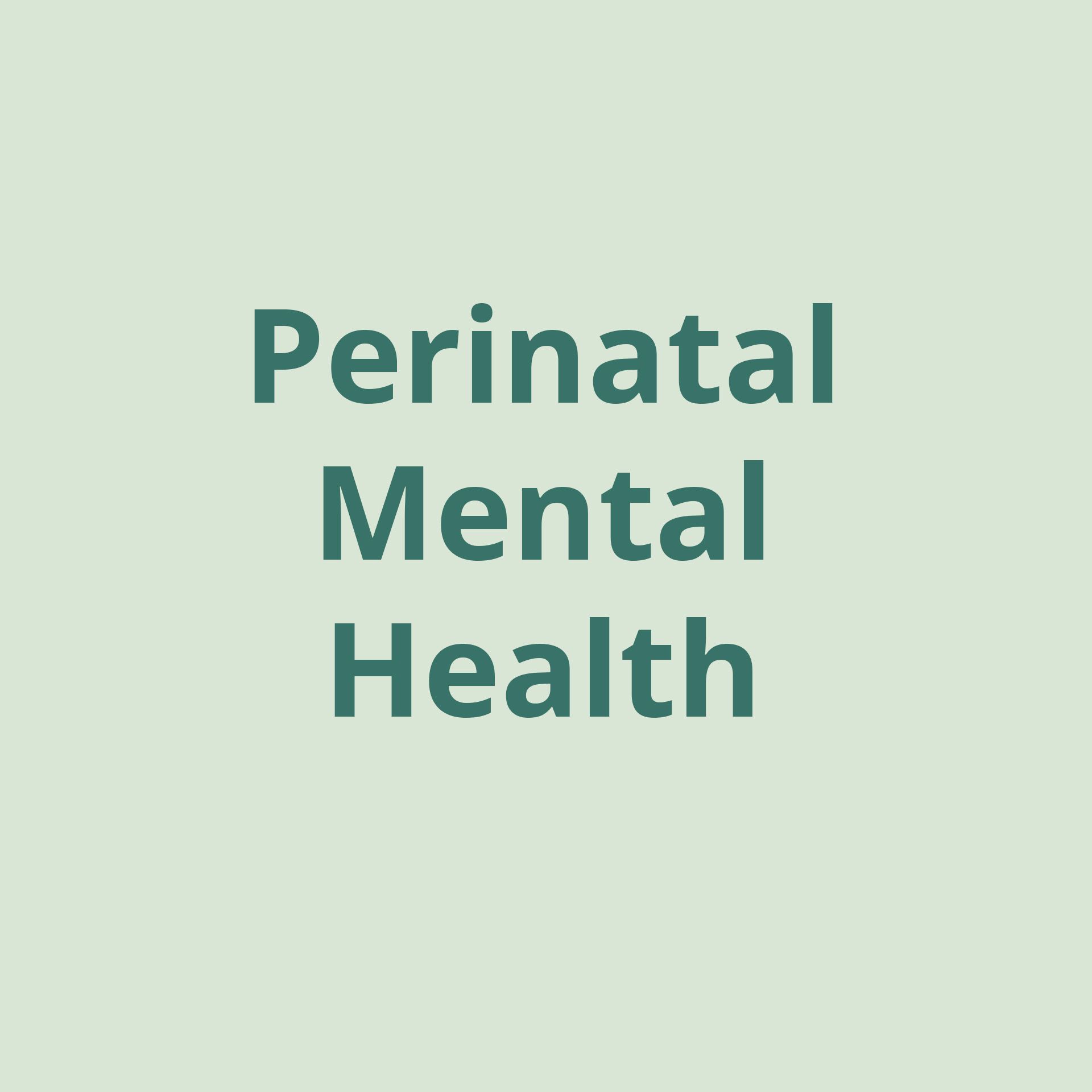Self-Harm: Revealing the Roots of Self-Injurious Behaviors

By Thrive Reno Clinical Director and Therapist Kerstin Trachok, CPC
WHAT IS SELF-HARM?
Individuals who self-harm or self-injure purposefully hurt themselves often as a means for dealing with painful memories, distressing emotions, or overwhelming situations. Rather than an attempt at ending one’s life , self-harm is generally a strategy for obtaining relief. Still, deliberately hurting oneself is dangerous and may shift to suicidal ideation.
Self-injury afflicts a wide range of age groups. According to the American Psychological Association , 1.3% of youths ages 5 to 10, 17% of adolescents, and 15% of college students have intentionally hurt themselves. Older adults are also known to self-harm.
Sometimes mistakenly characterized as attention-seeking behavior, self-harm is typically performed in secrecy out of a sense of shame. As a means of coping with related feelings of guilt or remorse, individuals may continue engaging in self-injurious behaviors, which can create a vicious cycle.
Risk factors for self-injury include having a co-occurring mental or behavioral health condition, such as:
- Anxiety : Overwhelm or worry characteristic of anxiety can motivate self-injury.
- Depression : Feelings of sadness, worthlessness, and numbness associated with depression can provoke individuals to intentionally hurt themselves.
- Borderline personality disorder (BPD) : BPD can make emotions seem much more intense to affected individuals, driving them to seek relief in self-harm.
- Eating disorders : Eating disorders, such as anorexia, bulimia, and binge eating disorder (BED), involve self-harming behaviors. Individuals struggling with eating disorders are also at risk for engaging in other self-injurious behaviors.
- Substance use disorders: A form of self-harm in itself, substance abuse can evoke shame. Substances can also curb self-control, impair judgment, and lower inhibitions — all of which can lead to self-injury for someone who may be struggling.
- Post-traumatic stress disorder : Trauma and its concurrent painful emotions are closely linked to self-harm.
Individuals who self-injure may be driven by the desire to:
- Administer self-punishment
- Process thoughts or feelings that are too uncomfortable to express in words
- Express suicidal thoughts or feelings without the intention of taking their life
- Feel a release or sense of escape
- Feel something physical other than numbness
- Turn emotional pain into physical pain
Signs that a person is engaging in self-harm can include:
- Avoiding situations that involve showing skin, such as swimming
- Wearing clothes that cover the skin even when the weather is warm
- Engaging in impulsive behaviors
- Hiding sharp objects
- Spending extended amounts of time alone
- Struggling to maintain healthy friendships, family relationships, or romantic relationships
- Bloodstains on clothes, towels, bedding, or tissues
- Unexplained wounds that appear sporadically or in the same places, often on the wrists, arms, thighs, or torso
It’s important to note that these warning signs aren’t exclusive to self-harm and could also indicate that a person is facing another kind of physical, mental, or behavioral health condition.
STOP SELF-HARM
Self-harm requires treatment from a mental or behavioral health professional. If you suspect a loved one is harming themselves, you can express your concern for their well-being with compassion. Try to approach them without judgment, encourage them to seek clinical support, and offer to help them find care.
Treatment for self-harm should address the underlying thoughts and feelings influencing self-injurious behaviors, while also integrating skills to process distressing emotions and experiences healthily. While treatment approaches for self-harm vary based on the individuals’ diagnosis, dialectical behavior therapy (DBT) can be an effective therapeutic method to teach individuals tangible skills for regulating emotions, implementing mindfulness, and creating a life where there is no space for self-harm.
CULTIVATE A HEALTHY SENSE OF SELF AT THRIVE
If you’re struggling to embrace your emotions constructively, Thrive’s specialists can help you discover what’s at the root of your suffering and guide you on a path to healing. Find out more about Thrive’s therapeutic services by reaching out .
SUPPORT RESOURCES FOR INDIVIDUALS AFFECTED BY SELF-HARM
Individuals struggling with self-harm may also consider taking advantage of the following free national support resources.
- Crisis Text Line : A 24/7 crisis line offering mental health support and crisis intervention. Individuals can text “HOME” to 741-741 to connect with a counselor.
- The Trevor Project : A resource dedicated to ending suicide among LGBTQ people. Individuals can text “START” to 678-678 or call 1 (866) 488-7386 to connect with a counselor.
- CHADS Coalition : An organization dedicated to advancing awareness and prevention of suicide. Individuals can call or text CHADS’ Family Support Warm Line at (314) 952-8274
- National Suicide Prevention Lifeline : A national network of local crisis centers that provides support to those facing a suicidal crisis or emotional distress. Individuals can connect with the lifeline by calling 1 (800) 273-TALK (8255).
About the Author
Thrive Reno Clinical Director and Therapist Kerstin Trachok, CPC
Kerstin received her master’s degrees in clinical mental health counseling and school counseling from the University of Nevada, Reno. Kerstin has six years of experience in the counseling field working in different settings and a wide array of mental health issues. Kerstin has experience working in schools with children of all ages, clients with psychosis in a hospital setting, adults and teens in private practice, and working at an agency providing counseling to children and families. Kerstin is a fully licensed clinical professional counselor in the state of Nevada and received her certification in Complex Trauma Levels I and II. Kerstin has experience working with children, teens, adults and families with trauma, anxiety, grief, depression, ADHD, autism spectrum, suicidal ideation, and behavioral issues. Kerstin is passionate about fostering client’s growth and autonomy while providing a safe and secure space to process emotions. Kerstin uses creative interventions and other tools to allow clients to voice their internal experiences beyond traditional talk therapy. Kerstin’s theoretical approach is Acceptance and Commitment Therapy. She uses mindfulness tools and techniques to help clients be present moment oriented, and reduce stress so they may move towards psychological flexibility. Kerstin believes all individuals have the right to live a fulfilling and vital life.
The post Self-Harm: Revealing the Roots of Self-Injurious Behaviors first appeared on Thrive Wellness.








